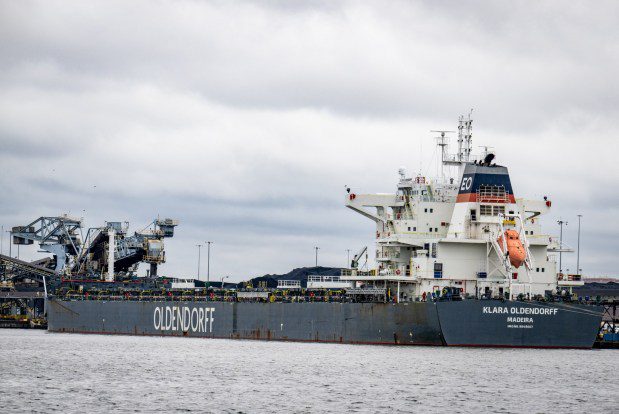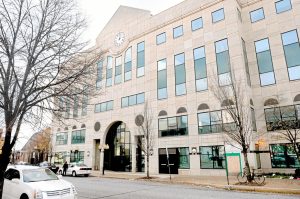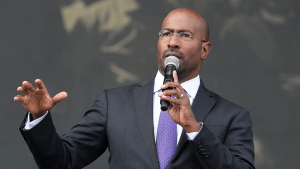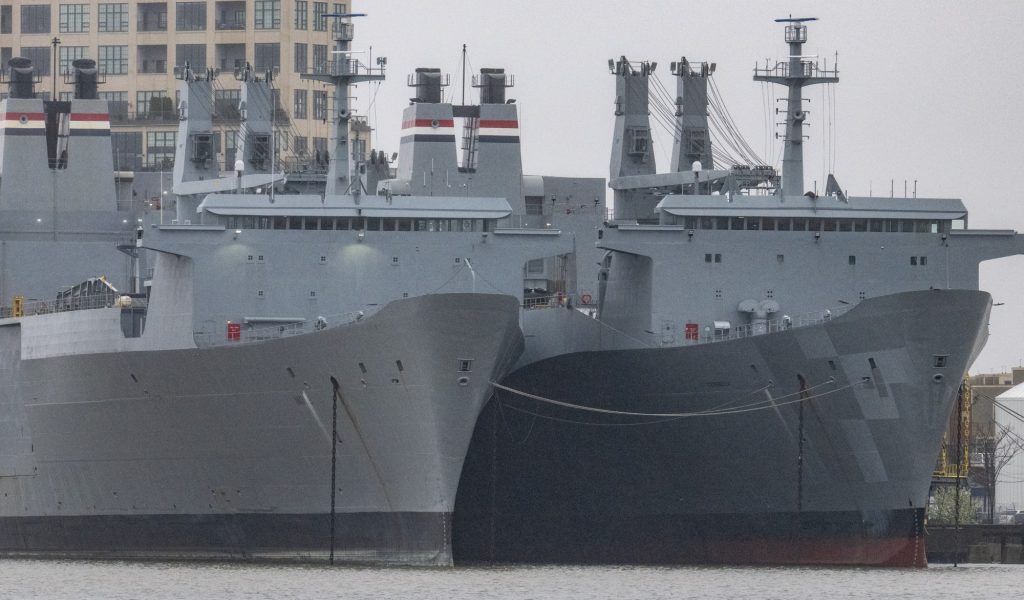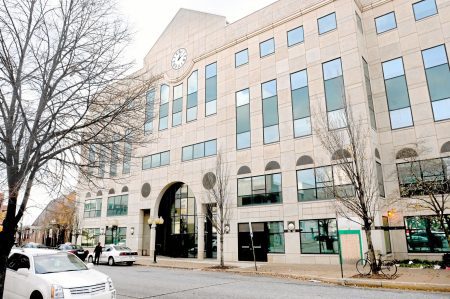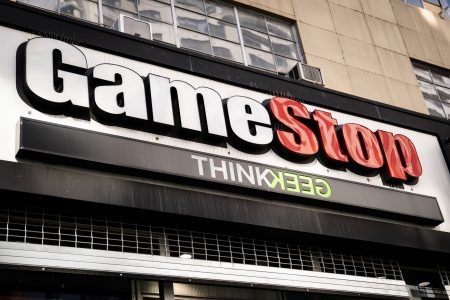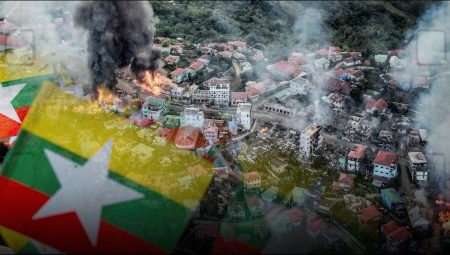There are 11 cargo ships trapped in the Port of Baltimore behind the remains of the Francis Scott Key Bridge — four of them are essential for promptly supporting the deployment of U.S. military forces overseas.
The U.S. Maritime Administration's Ready Reserve Force includes four important ships – the SS Antares, SS Denebola, Gary I. Gordon and Cape Washington, which were established in 1976 to rapidly supply American troops worldwide. The Antares and Denebola are capable of traveling from the East Coast to Europe in six days, making them among the fastest cargo ships in the world, according to a 2020 Facebook post by the Maritime Administration. Facebook post by the Maritime Administration.
Naval strategy experts are concerned about the blocked ships.
During Operation Desert Shield and Operation Desert Storm in the Gulf War, the Ready Reserve Force was fully utilized to transport people and supplies to the Persian Gulf Region, as stated by navalist Steven Wills.
Steven Wills, a navalist for the Center for Maritime Strategy, expressed concerns about the lack of logistics vessels like these, emphasizing the need to request civilian ships to meet the demand for another Desert Shield or Desert Storm operation.
The Ready Reserve Force comprises only 48 vessels. according to the Maritime AdministrationThe fleet size has decreased in recent years due to ship sales, aging, and repurposing, according to Wills.
Capt. Douglas Harrington, responsible for the operations and management of the National Defense Reserve Fleet, mentioned that approximately 85% of the U.S. military cargo is currently located within the country. With four ships trapped in Baltimore, this reduces the capacity for the U.S. Transportation Command to transport supplies.
However, two of the ships currently blocked by the Key Bridge's wreckage were already out of service before the recent disaster.
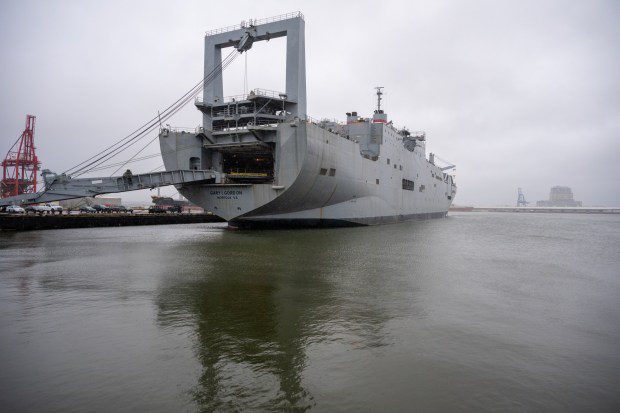
The Gary I. Gordon experienced an “engine casualty,” which is being repaired, said Harrington, the Maritime Administration’s deputy associate administrator for federal sealift and a licensed U.S. merchant mariner. The Cape Washington is also undergoing repair and regulatory work, he said.
The Antares and Denebola, like all vessels in the Ready Reserve Force, are maintained in a reduced readiness state but are supposed to be able to sail within five to 10 days in the event of a national emergency. Harrington said they haven’t been activated much since Desert Storm, in part because they require a lot of manpower and money to operate. Harrington said that even if the harbor is cleared, at least one of our ships may still not be ready because of repairs or maintenance.
Efforts are ongoing to clear the tangled steel blocking the only channel into the Port of Baltimore, but stormy conditions have made the cleanup more difficult.
bad weather has made the cleanup more difficult.
Rescue divers could not continue their search on Tuesday. Rescue divers were not able to continue their search on Tuesday.The construction workers are missing after a ship collided with a support structure. The four men are presumed dead. Last week, divers found the bodies of two other crew members. divers last week found the bodies
divers last week found the bodies Officials have not said how long the cleanup will take, only that it will take time. they will take time
Temporary channels have been opened but they are only suitable for smaller vessels and barges. The Antares needs a channel of at least 30 feet deep to navigate out of the Patapsco River’s Northwest Harbor.The Antares needs a channel of at least 30 feet to navigate out of the Patapsco River's Northwest Harbor. Retired Navy Adm. James Foggo hopes the Key Bridge collapse will make people realize that more investment in maritime infrastructure is needed. Foggo called the Key Bridge collapse a disaster of epic proportions and expressed disbelief at how quickly the bridge went down.
Foggo believes that more redundancy is needed in the country's sea infrastructure, especially as the number of shipyards has declined significantly over the years.
The Maritime Administration is expanding its Ready Reserve Force, and the Transportation Department is purchasing and updating used ships. The Navy will also return some ships to the fleet soon. Once the new ships are incorporated, the Ready Reserve Force will include 53 vessels.
Harrington said they are doing everything they can to speed up the ships' readiness to be called into service.
Other ships trapped behind the Key Bridge's wreckage include:
Palanca Rio—an oil/chemical tanker sailing under the flag of the Marshall Islands
Balsa 94—a general cargo ship sailing under the flag of Panama
- Klara Oldendorff—a bulk carrier sailing under the flag of Madeira
- Saimaagracht—a general cargo ship sailing under the flag of the Netherlands
- Carmen—a vehicle carrier sailing under the flag of Sweden
- JY River—a bulk carrier sailing under the flag of Liberia
- Phatra Naree—a bulk carrier sailing under the flag of Thailand
- The Carmen, a Wallenius Wilhelmsen vehicle carrier, is stuck at Dundalk Marine Terminal along with other large ships following the collapse of the Francis Scott Key Bridge. (Jerry Jackson/Staff)
- The ships are docked in various parts of the harbor such as Dundalk Marine Terminal and the Canton industrial waterfront, as well as a coal pier in Curtis Bay. In the shipping industry, there is a saying that ships that are not sailing are not earning money. As long as they are stuck in the port's closed main channel with their crews, their owners are losing money every day.
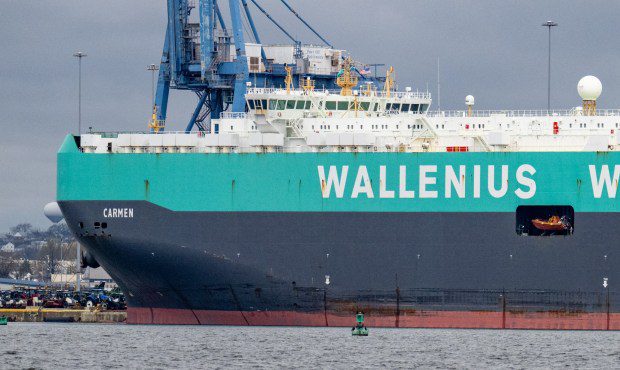
The large ship Klara Oldendorf is tied up at Consol Marine Terminal in the Canton Industrial Area, along with several other big ships stuck in the port due to the collapse of the Francis Scott Key Bridge. (Jerry Jackson/Staff)
There are 11 ships trapped in the Port of Baltimore behind the wreckage of the Francis Scott Key Bridge, including four that are supposed to be ready to set sail immediately to support the overseas deployment of U.S. military forces.
